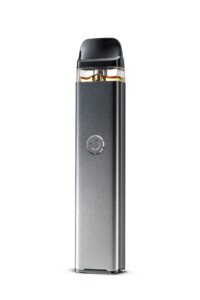There are many types of welding tests that welders need to go through before qualifying for welding positions.
* Welding Process Test: This welding test is conducted to show the welding ability of the candidate in welding on various materials. The welding process test may be conducted using a welding machine or with electrodes around the workplace.
* Welding Material Safety Test: This welding test evaluates the welding skill of welding on various materials and also evaluates how well the candidate can adhere to safety guidelines when working with welding processes.
* Stick Electrode Quality Test: This welding test evaluates the quality of stick welding performed by the candidate. The stick electrode quality testing may involve quality benchmarking, rating, rating with a human rating scale, Welding coupons, rating with welding machine, welding slag analysis, and welding position analysis.
* Welding Procedure Qualification Test: This welding test evaluates the welding ability of a candidate using welding procedures including but not limited to fillet welds, groove welds, flat welding, square welding, and butt welding.
* Blueprint Interpretation Test: In this welding test, the candidate is given a welding task from a blueprint drawing. The task includes details such as material thicknesses as well as welding configuration parameters made up of filler type and weld angles for different configurations. The candidate needs to make changes in these parameters based on their knowledge or experience about these configurations before starting the job. After completing the job successfully, the test may be repeated with other guidelines included in a new welding blueprint. This welding test is mainly conducted to evaluate the welding ability of welding candidates in welding on various materials and different welding configurations.
* Wire Feeding Test: Here this welding test evaluates the candidate’s welding skill using wire feeding equipment. It also evaluates how well the candidate can adhere to safety guidelines when working with welding processes using wire feeders.
[“Stick Electrode Quality Test” example]
A stick electrode quality testing may consist of rating, rating with a human rating scale, rating with welding machine, welding slag analysis, and welding position analysis methodologies performed by an evaluator or instructor.
The rating methodology consists of measuring the physical appearance of a weld based on a numbering system that goes from 1-8 where 1 is the lowest quality welding and 8 is the highest welding. The welding slag analysis consists of observing welding slag from a weld using an optical microscope to determine welding slag type, amount, and size distribution. In the welding position analysis methodology, evaluators or instructors measure how close each electrode passes by as well as its angle relative to the butt joint as it moves over a joint. Learn more from https://en.wikipedia.org/wiki/Welding










